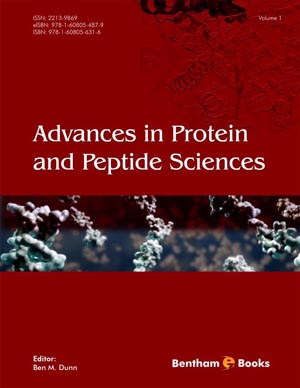Abstract
Pure organic solvents or their mixtures with water are commonly used as artificial media for biotechnological application and for fundamental research on protein stability and folding mechanism. The molecular interactions between these environments and biological molecules are complex and variegated, and only recently we started to shade a light on their nature. Molecular modeling methods are effective tools to address the atomistic detail of these processes. In particular, Molecular Dynamics simulation is one of the most powerful and versatile tools to investigate the solvation of complex molecules. In the last few years, the number of publications on peptide and protein simulations in non-natural environments has rapidly increased. These studies are providing important information to shed light on the nature of nonaqueous solvent effects. In this chapter, the achievements and the future prospects in this field of computational biochemistry are reviewed by summarizing the most important theoretical results published in the last 15 years.
Keywords: Organic solvents and cosolvents, preferential solvation, protein stability, peptide folding, peptide aggregation, enzymatic catalysis.






















